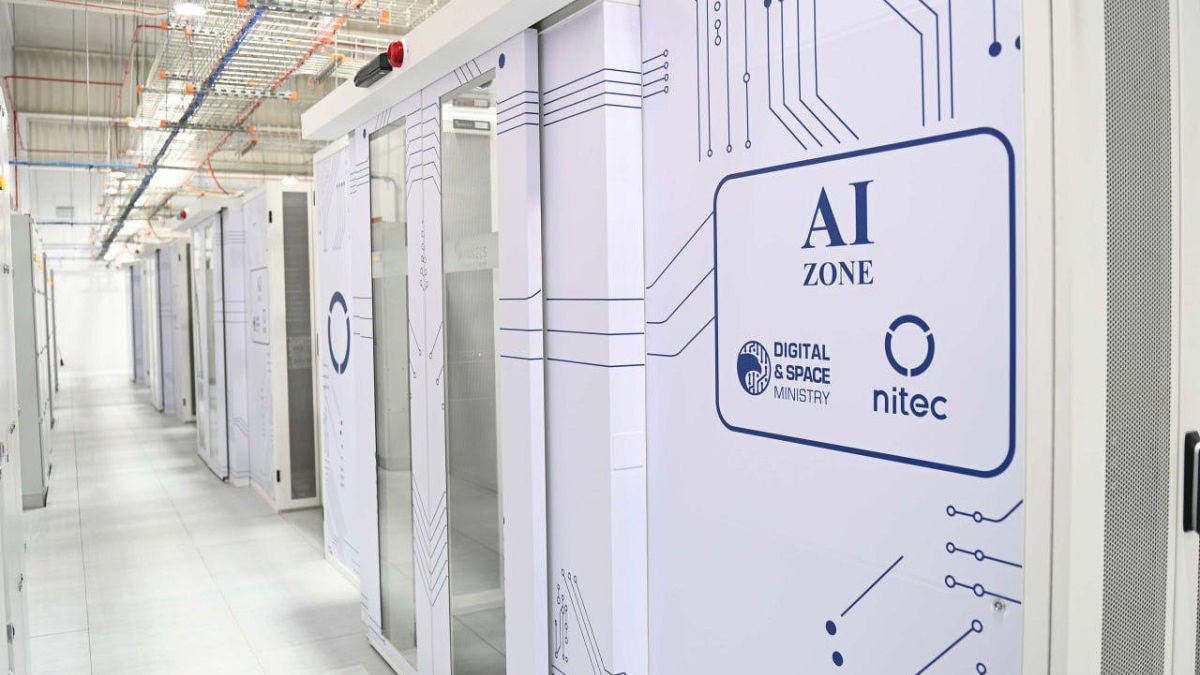

In an era marked by rapid technological advancements and increasing global aspirations, two significant developments have emerged that promise to shape future realms of innovation and exploration. The launch of a groundbreaking supercomputer in Kazakhstan and a pioneering research initiative on lunar soil illustrate the vast potential of science and technology in reshaping our world and beyond.
Kazakhstan, a nation rich in natural resources and with a growing tech industry, recently inaugurated the most powerful supercomputer in Central Asia. As geopolitical landscapes continue to evolve, the need for localised technological infrastructure becomes ever more critical. Kazakhstan’s investment in this supercomputer exemplifies its commitment to digitally empowering the nation while seeking to enhance sovereignty and independence. This high-performance computing system is expected to drastically improve local capabilities in artificial intelligence, thereby fostering innovation across diverse sectors. As experts and politicians assert, a robust technological framework is essential for any country’s successful navigation through future challenges.
The implications of this development are profound. By establishing such an advanced infrastructure, Kazakhstan is not only investing in its own technological growth but is also positioning itself as a pivotal contender in Central Asia’s burgeoning digital landscape. This move towards technological independence is seen as an essential stride for the nation, ensuring that it can adapt and thrive in the rapidly advancing global tech ecosystem.
Meanwhile, far beyond our planet, intriguing possibilities for human habitation are being explored on the Moon. Recent studies from the Chinese University of Hong Kong have revealed that lunar soil possesses the potential to support human life. Researchers have developed an innovative technology capable of extracting water from the Moon’s surface soil, transforming it into oxygen and chemical fuel. This remarkable breakthrough could serve as a cornerstone for future lunar colonies, rendering off-earth living a conceivable reality.
Understanding the composition and utility of lunar soil could revolutionize how space agencies plan long-term lunar missions. Access to local resources such as water and oxygen not only reduces the dependency on Earth-supplied materials but also allows for sustainable life support systems to be constructed on the Moon. This advancement highlights humanity’s ongoing quest to expand our horizons, moving us steadily toward a future where extraterrestrial living is feasible.
Both of these developments underscore a shared theme of harnessing technology to forge new pathways—be it on Earth through enhanced computational capabilities or on the Moon through ingenious use of natural resources. As nations continue to strive for technological excellence, these achievements reflect a profound commitment to innovation and exploration, inviting us all to imagine the possibilities that lie ahead.
In conclusion, these pioneering initiatives both on solid ground and in the sky illustrate an inspiring future where technology not only solves present challenges but also unlocks new potential. As we stand on the brink of this frontier, the promise of a world interconnected by digital prowess and extended to celestial realms brings with it boundless opportunities for growth and discovery.
Source: {link}
